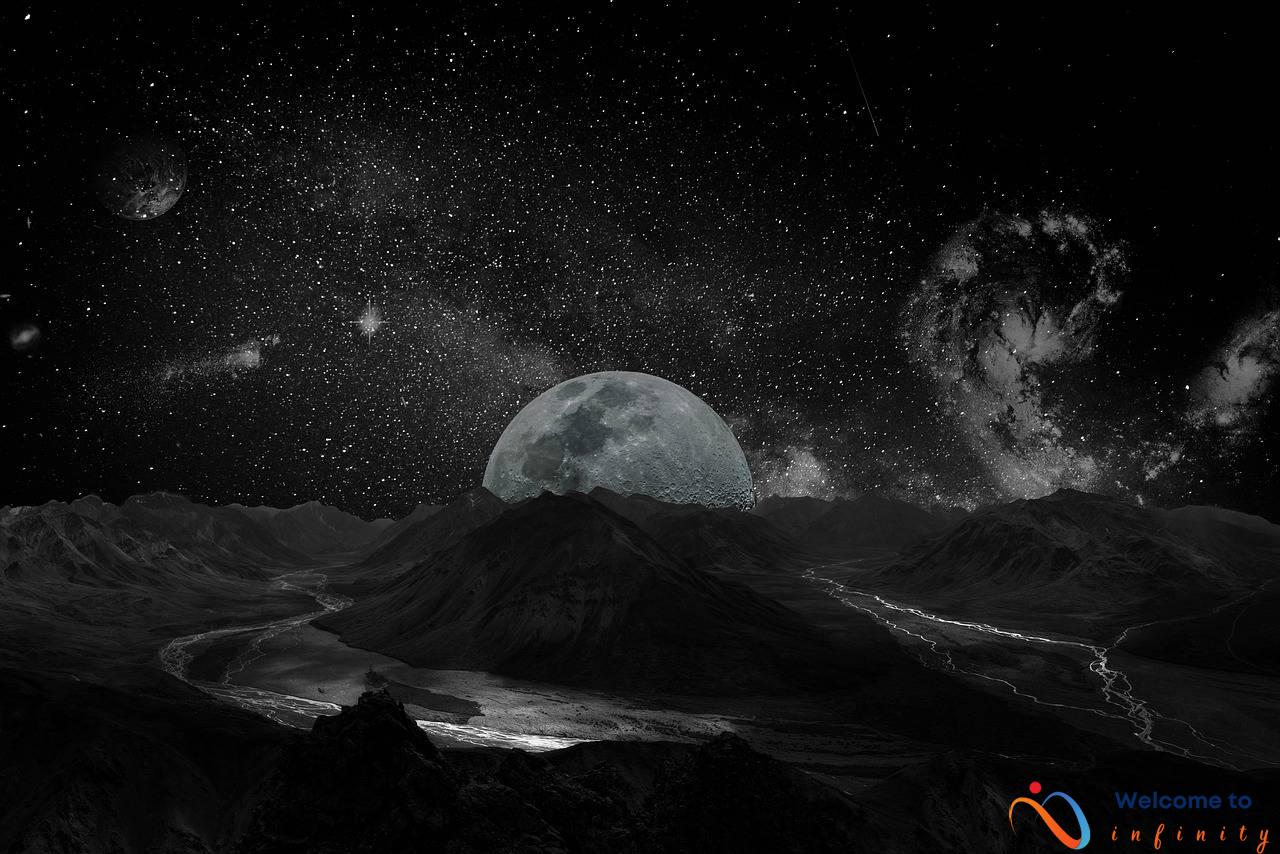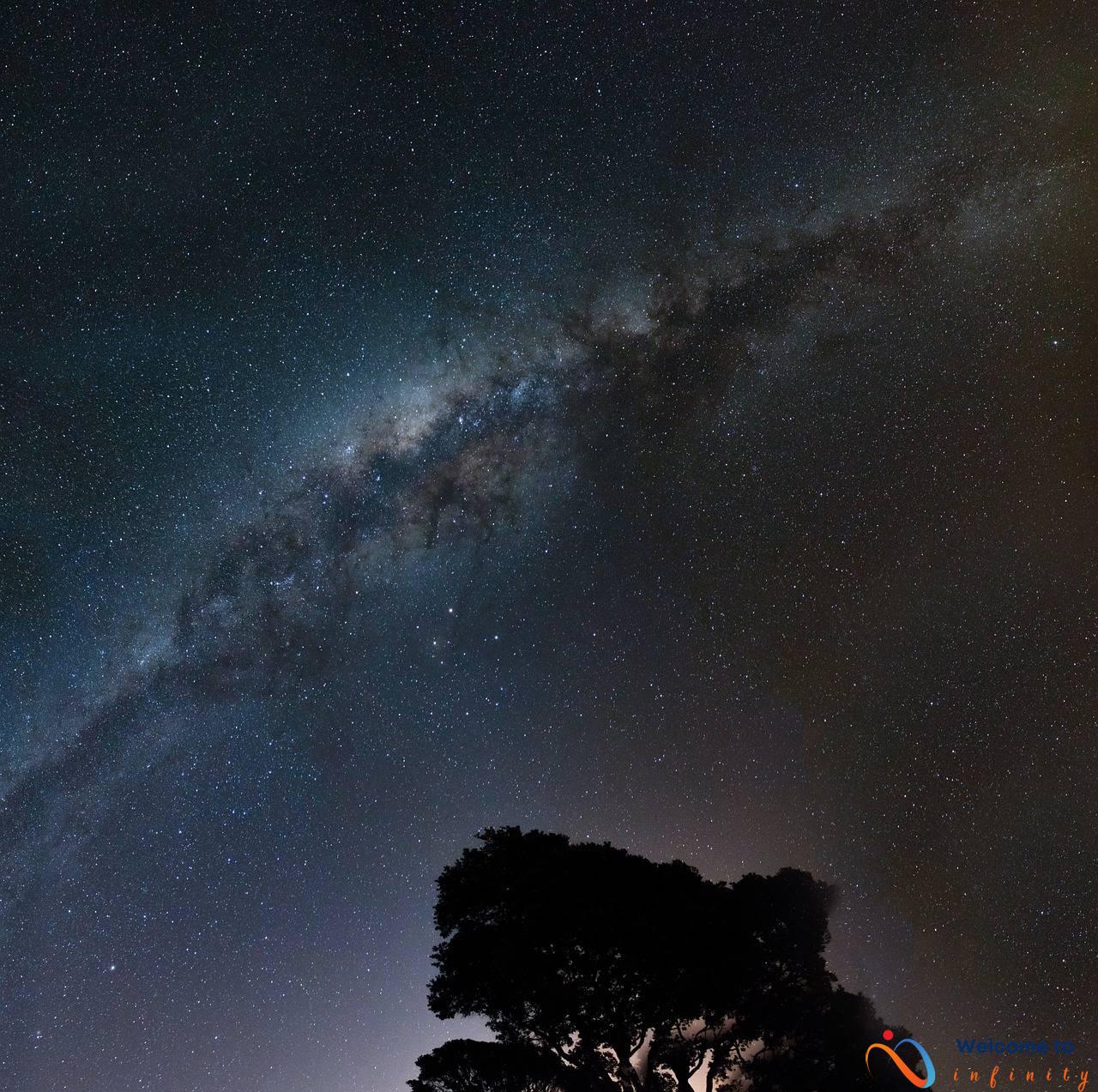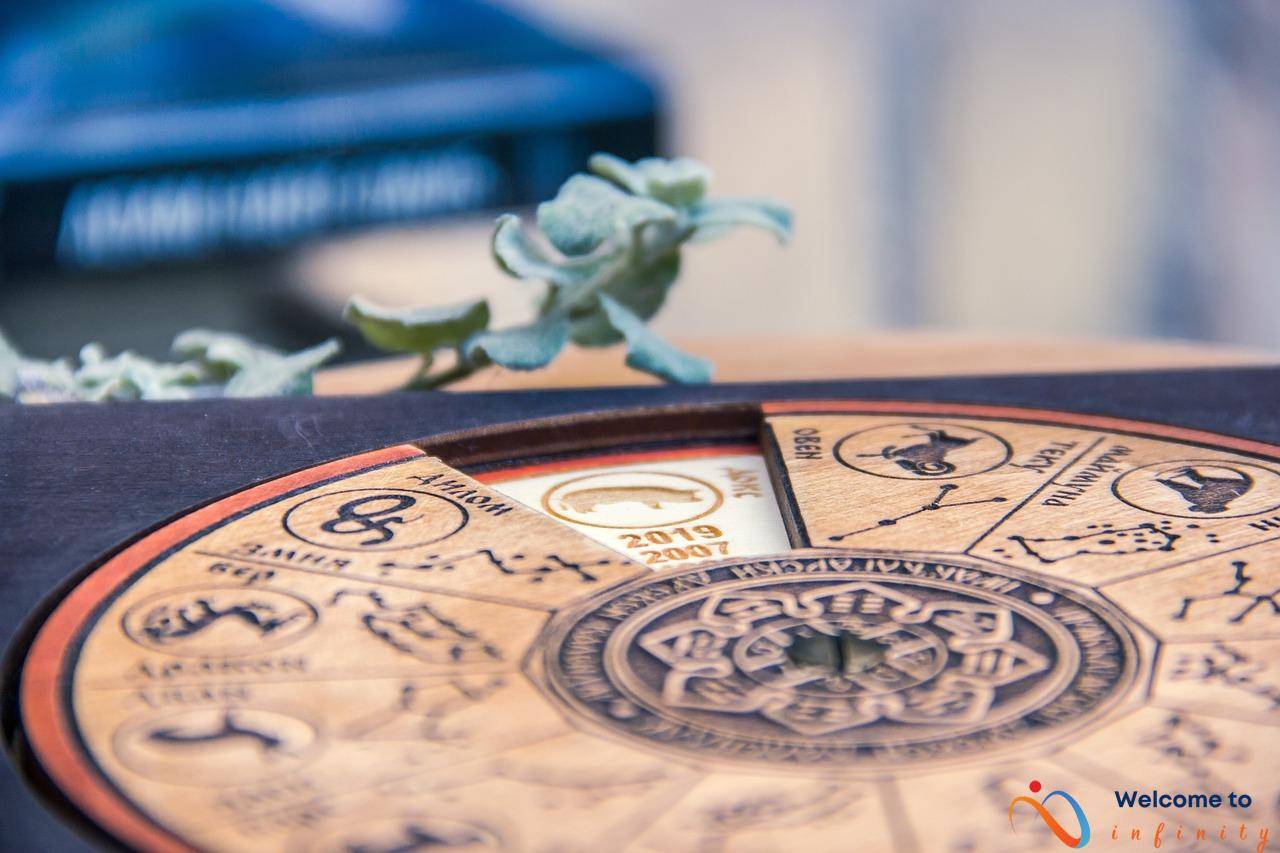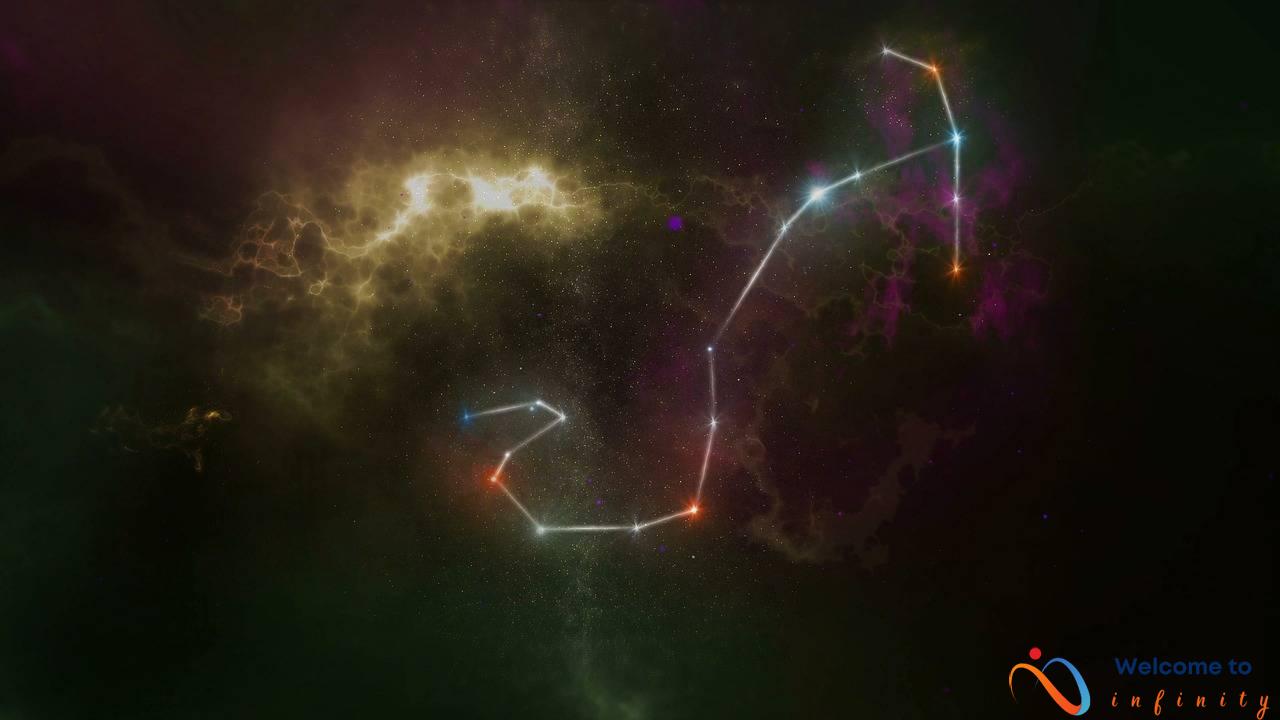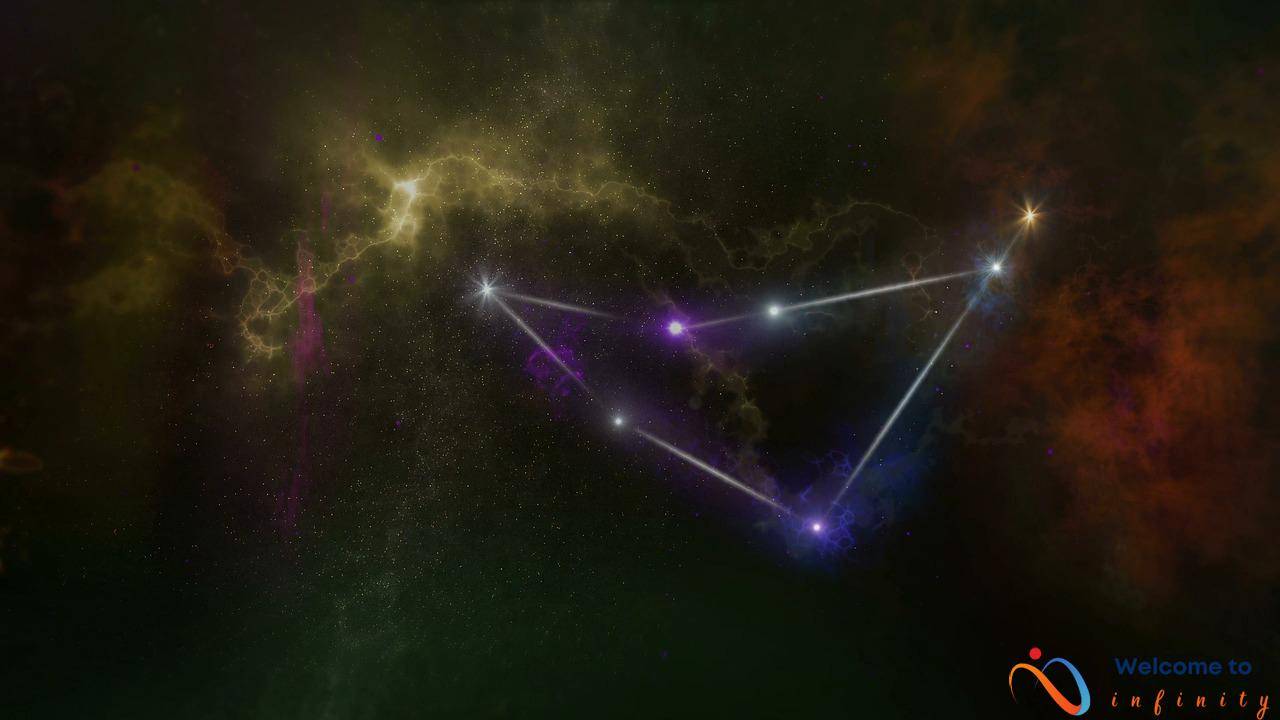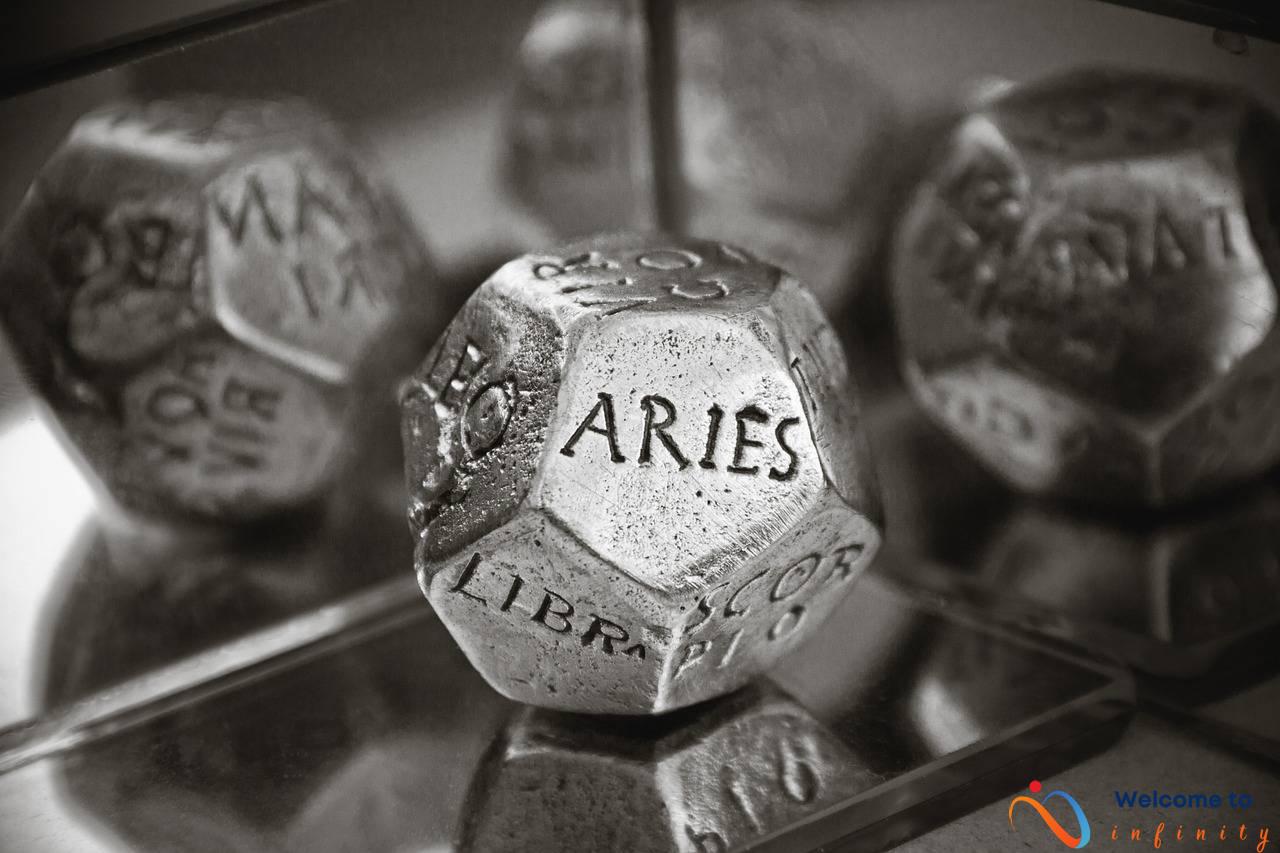The planets in our solar system are an endless source of fascination and wonder for scientists and amateurs alike. Each planet has its unique features and characteristics that set it apart from the others. Whether it's the gas giants with their spectacular rings and moons or the terrestrial planets with their volcanoes and canyons, there is enough to explore and learn about for generations.
Jupiter, Saturn, Uranus, and Neptune, the gas giants, are known for their massive size and gaseous composition. These planets are so big that if you were to combine all the planets in our solar system, they still wouldn't match the mass of Jupiter. Jupiter, in particular, has a fascinating feature called the Great Red Spot, which is a massive storm that has been raging for hundreds of years and is larger than the size of Earth.
On the other hand, the terrestrial planets, Mercury, Venus, Earth, and Mars, are smaller, denser planets made up of rock and metal. Each of them has its atmosphere, which varies significantly. While Earth's atmosphere is rich in oxygen and vital to sustaining life, Mercury and Mars have very thin atmospheres, mostly composed of carbon dioxide. Venus's thick atmosphere is made up of sulfuric acid clouds, making it the hottest planet in our solar system.
Dwarf planets, such as Pluto and Ceres, are unique in their characteristics and lie on the border between planets and asteroids. Pluto, even though it has been reclassified as a dwarf planet, still remains controversial as some scientists and astronomers argue that it should be considered a planet. Ceres is the largest object in the asteroid belt that lies between Mars and Jupiter. It is also composed of rock and ice, similar to Pluto.
Overall, the unique and interesting features of each planet in our solar system make them truly worth exploring. From the Great Red Spot on Jupiter to the canyons on Mars and the controversial designation of Pluto as a dwarf planet, there is always something new and exciting to learn about our universe.
The Gas Giants
The four giant planets, named Jupiter, Saturn, Uranus, and Neptune, are known as the Gas Giants. They have a diameter that ranges from 49,000 kilometers for Uranus to 142, 984 kilometers for Jupiter. These planets represent 99% of the total mass of all the planets in our solar system. They are composed of hydrogen and helium gases with small amounts of other elements such as methane and ammonia.
Jupiter, the largest planet in our solar system, has a diameter of around 86,881 miles and a mass of around 318 times the Earth's mass. It has a very strong magnetic field that is 20,000 times stronger than Earth's magnetic field. Jupiter's Great Red Spot, which is a massive storm that has been raging for hundreds of years, is larger than the size of Earth. Its atmosphere contains a number of gases, including hydrogen, helium, methane, and ammonia.
Saturn is famous for its huge and gorgeous ring system, made up of millions of pieces of ice, dust, and rock. It has 62 known moons, with the largest named Titan. This moon's atmosphere is thicker and denser than Earth's atmosphere and was the first moon to be discovered with a dense atmosphere. Uranus and Neptune are known for their beautiful blue color due to the presence of methane gas in their atmospheres.
These gas giants have a very different composition when compared to the terrestrial planets like Earth and Mars. Being so far from the sun, they have very cold temperatures, making their survival for humans almost impossible. Regardless, their scale, composition, and weather are fascinating to astronomers and scientists who continue to study and learn more about our solar system.
The Great Red Spot
Jupiter's Great Red Spot is one of the most fascinating features of our Solar System. This massive storm has been raging for hundreds of years and is larger than the size of Earth. The Great Red Spot is composed of swirling clouds of gas that rotate counterclockwise, creating a massive vortex.
The storm was first observed in the 17th century by astronomers, and it has been a subject of study ever since. The Great Red Spot is so large that it can be seen with a telescope from Earth. It has a distinctive red-orange color, which is thought to be caused by the interaction of ultraviolet light from the Sun and the chemicals in Jupiter's atmosphere.
Scientists are still learning about the Great Red Spot, but they have discovered that it is not a static feature of Jupiter's atmosphere. The storm seems to be gradually shrinking, and its color has been changing over time. In recent years, the Great Red Spot has become darker and more reddish in color. Despite its gradual changes, the Great Red Spot remains one of the most impressive and awe-inspiring features of Jupiter's atmosphere.
Rings and Moons
Saturn, Uranus, and Neptune are known for their striking and identifiable ring systems. These ring systems are made up of dust, ice, and rock particles of various sizes and are thought to be the remnants of comets, asteroids, or shattered moons. Saturn's ring system is the most extensive, consisting of seven distinct rings, each with its unique characteristics. Uranus' and Neptune's rings, on the other hand, are much fainter and narrower.
Additionally, each of these planets has multiple moons, each with its unique features and characteristics. Saturn alone has 82 known moons, with its largest moon, Titan, being one of the few known moons in the solar system with its own atmosphere. Uranus has 27 known moons, each named after William Shakespeare's characters, while Neptune has 14 known moons, all of which are named after mythological water deities.
Some of the unique moon features to note include Saturn's moon Enceladus' geysers of water vapor that spout from its south pole into space, Neptune's moon Triton, which is the coldest object known in the solar system, and Uranus's moon Miranda, which has a surface that appears to be fragmented into many large pieces and then reassembled.

